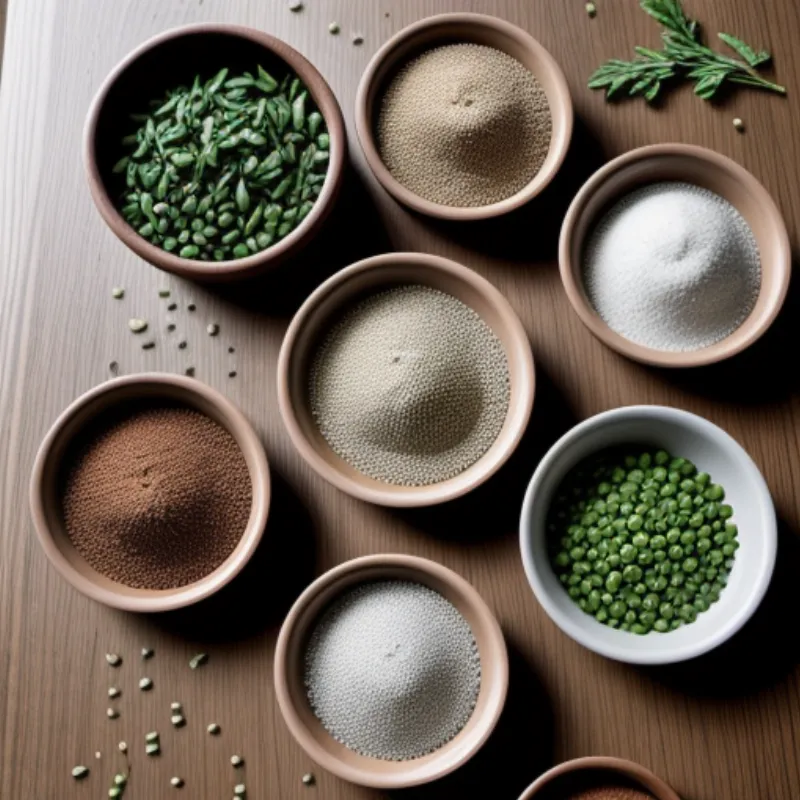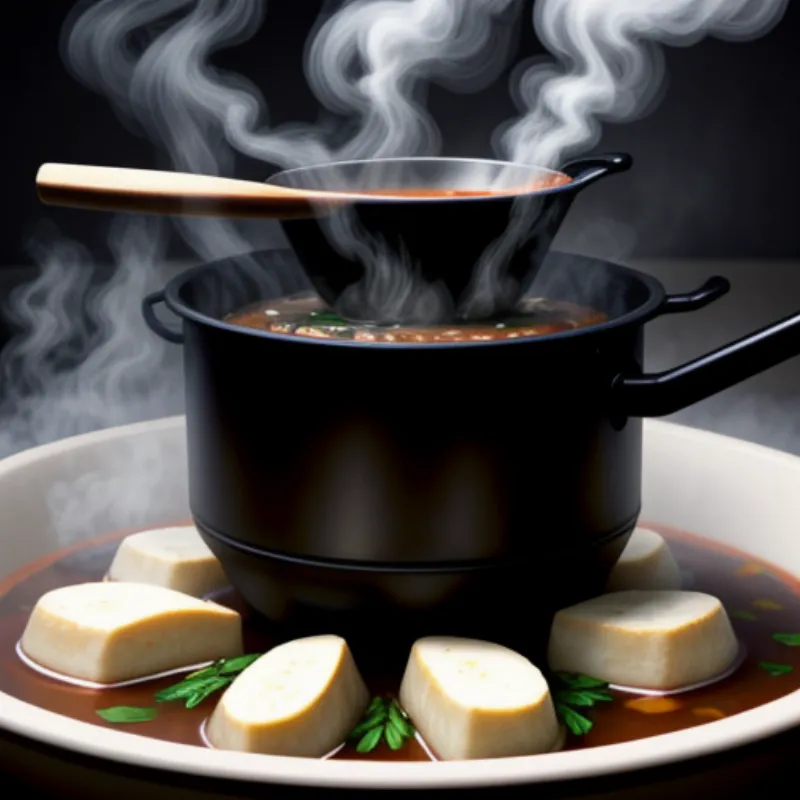Hemat, also known as Persian Ash Reshteh, is a hearty and flavorful soup that holds a special place in Persian cuisine. This traditional dish is a delightful blend of legumes, herbs, and noodles, creating a symphony of textures and tastes that will tantalize your taste buds. Whether you’re a seasoned foodie or just starting your culinary adventure, this guide will equip you with everything you need to know to make a pot of delicious hemat that will impress your family and friends.
What is Hemat?
Hemat is far more than just a soup; it’s a celebration of Persian heritage and culinary artistry. This thick, aromatic soup is packed with protein from beans and lentils, fiber from fresh herbs, and the comforting warmth of perfectly cooked noodles. It’s traditionally enjoyed during special occasions and holidays, like Nowruz (Persian New Year), symbolizing prosperity and good fortune.
Ingredients You’ll Need:
To embark on this culinary journey, gather the following ingredients:
- 1 cup dried chickpeas, soaked overnight
- 1/2 cup dried lentils, rinsed
- 1 medium onion, chopped
- 3 cloves garlic, minced
- 1 teaspoon turmeric powder
- 1/2 teaspoon ground cumin
- 1/4 cup dried dill
- 1/4 cup dried parsley
- 1/4 cup dried cilantro
- 2 cups thick noodles (reshteh or linguine)
- Salt and pepper to taste
- Olive oil for sautéing
- Toppings: Fried onions, yogurt, mint (optional)
Pro Tip from Chef Reza: “For a richer flavor, try using homemade vegetable broth instead of water.”
Tools of the Trade:
Before you begin, make sure you have these essential tools:
- Large pot
- Cutting board
- Chef’s knife
- Wooden spoon
- Measuring cups and spoons
Let’s Get Cooking!
Follow these simple steps to create your own pot of Persian goodness:
- Prepare the Base: In a large pot, combine the soaked chickpeas, lentils, chopped onion, garlic, turmeric, and cumin. Add 8 cups of water and bring to a boil. Then, reduce heat and simmer for 1 hour, or until the chickpeas and lentils are tender.
- Infuse the Herbs: Add the dried dill, parsley, and cilantro to the pot. Stir well to incorporate the herbs and allow their flavors to infuse the soup. Continue to simmer for another 30 minutes.
- Noodle Time: Introduce the noodles to the pot, ensuring they are fully submerged in the soup. Cook according to the package instructions until they are al dente, or cooked through but still firm to the bite.
- Season and Simmer: Season generously with salt and pepper to your liking. For a smoother consistency, you can use an immersion blender to partially blend a portion of the soup. Allow the hemat to simmer for an additional 15-20 minutes to let the flavors meld.
Serving and Garnishing Your Masterpiece:
Hemat is traditionally served hot, adorned with an array of toppings that add texture and visual appeal.
- Crispy Fried Onions: The sweet and savory crunch of fried onions provides a delightful contrast to the hearty soup.
- Creamy Yogurt: A dollop of plain yogurt adds a refreshing tang and a creamy texture.
- Fresh Mint: A sprinkle of fresh mint leaves enhances the aroma and adds a touch of brightness to the soup.
Serving Suggestion: Pair your bowl of hemat with a side of warm pita bread for a satisfying and complete meal.
FAQs About Making Hemat:
Q: Can I use canned chickpeas instead of dried?
A: While using canned chickpeas is a time-saver, using dried chickpeas that have been soaked overnight yields a creamier texture and richer flavor.
Q: What type of noodles are best for hemat?
A: Reshteh, thick Persian noodles, are traditionally used. However, if you can’t find them, linguine or fettuccine are good substitutes.
Q: How long can I store leftover hemat?
A: Hemat can be stored in an airtight container in the refrigerator for up to 3 days. Reheat gently on the stovetop before serving.
 Hemat Ingredients
Hemat Ingredients
 Cooking Hemat
Cooking Hemat
Conclusion:
Congratulations on crafting your own pot of comforting and flavorful Persian Hemat! This traditional dish is a testament to the rich culinary heritage of Persia and is sure to become a family favorite. As you savor each spoonful, remember that you’ve created more than just a meal; you’ve prepared a taste of history and culture. Don’t forget to share your culinary triumph with your loved ones and be sure to explore more delicious recipes on Family Cuisine!
